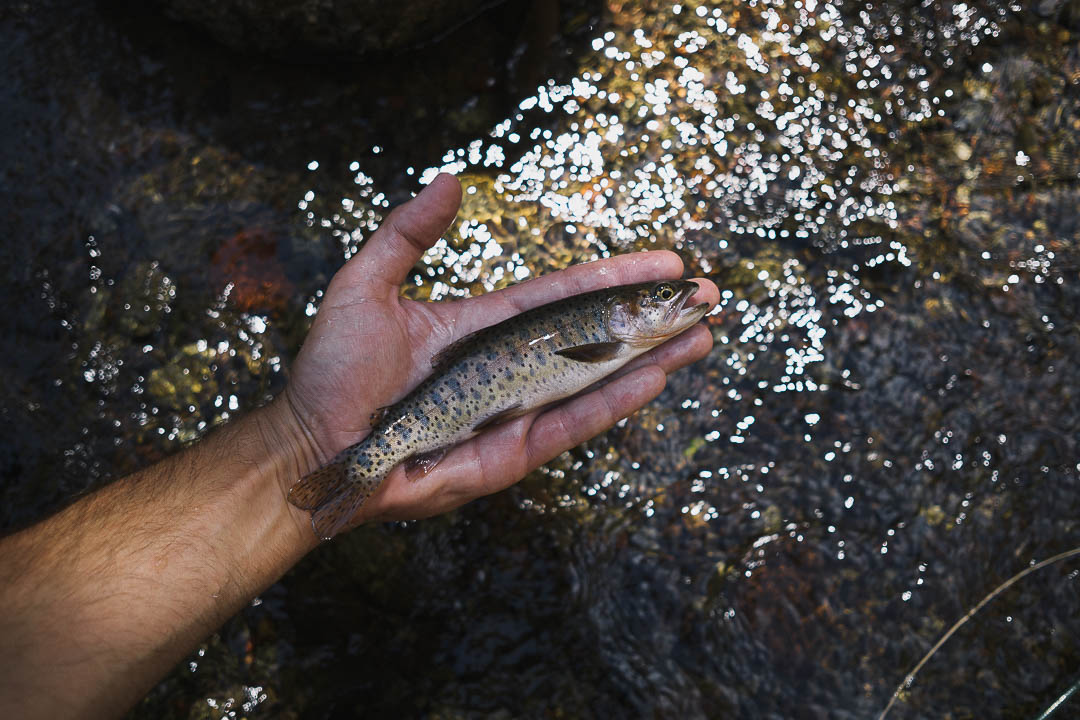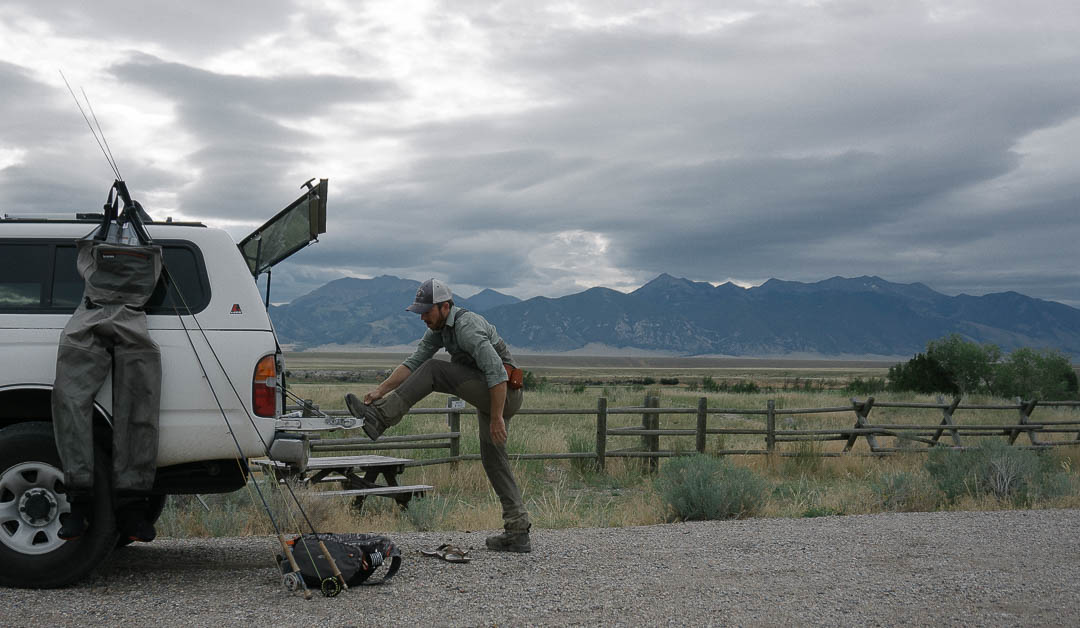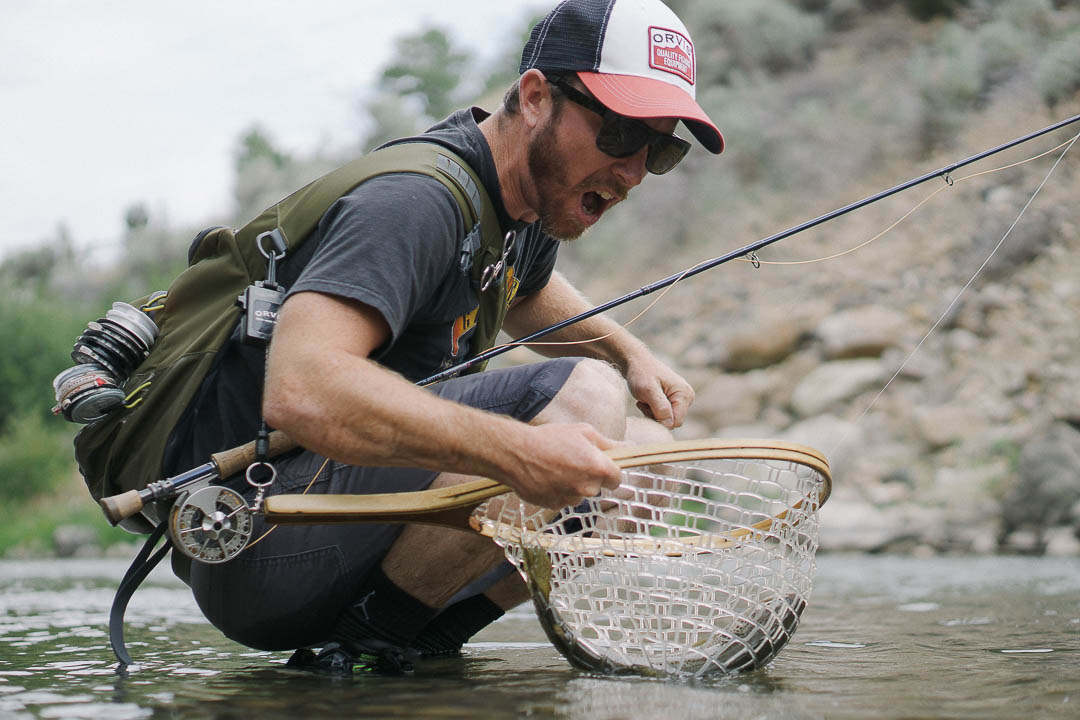Most of my life I've spent chasing trout. From Montana to the Golden Trout Wilderness, I've been on so many trips I can barely keep track of them all at this point. More recently though, I've caught the steelhead bug. My best friend and I had fished for them a handful of times in college and while we were both teaching. As you could imagine, we usually came out empty handed. It wasn't until I took my first guided steelhead trip just over two years ago that I was able to bring one to the net. Last year the bar was raised when I landed a majestic 30' wild winter run fish. Certainly a fish I'll never forget. So, when my friend Aaron suggested that we head out for steelhead without a guide, my expectations were hopeful, yet low. In the end, they're steelhead right? It's not like you're going to land one every time you hit the water.
After a good long drive through Friday evening traffic, we set up our tents in the dark. Exhausted from a long work week I slept like a baby. We were up and out of the campsite before sunrise. In fact, we went the entire weekend without seeing our campsite under the sun. We spent our first day drifting and swinging through every likely run. Exploring new stretches of water and scouring our maps. Unfortunately, we came up empty handed, something I largely expected. Day two was much of the same through the early parts of the morning. Cast after cast, each one with the hopes of feeling the line come tight on a steelhead. There's something about steelhead fishing where I feel like I could get bit on every cast. Mid way through the morning, Aaron was letting his fly swing through the end of a deep run and hooked up on a nice hen steelhead. Needless to say we were both pretty excited to have found a fish! After a mid-day lunch break, we hit the water again and sure enough, I got into a nice little fish. The feeling of landing your first unguided steelhead is pretty amazing, even if the fish wasn't of much size. Knowing we both landed fish made the remainder of the trip icing on the cake.
Back at camp that evening we sat reminiscing about the new water covered, the fish, and the amazing stars surrounding our campsite. It had been quite a day. On the third day of the trip we decided to fish until noon. The scenery was breathtaking and the river had a lot of great water to pic apart. With a broken rod (One I'd bought about 12 years ago) I was able to spend the morning watching. The mountains, turning leaves, and cold water brought a sense of peace to the whole trip for me.
After three days and about 27 hours of fishing, we had two strikes and two fish to show for our work. Some might call that an unsuccessful trip or a waste of time even. I think I speak for both Aaron and I when I say, there aren't many things I'd rather do than spend a weekend standing in a river waving a stick. The solitude, mystery, and optimism that steelhead fishing can bring is an experience I look forward to pursuing more deeply in the coming years. It's less about the fish and more about the lifestyle of pursuing one of the most majestic fish I can think of. If you haven't tried it yet, you're missing out.
















































































